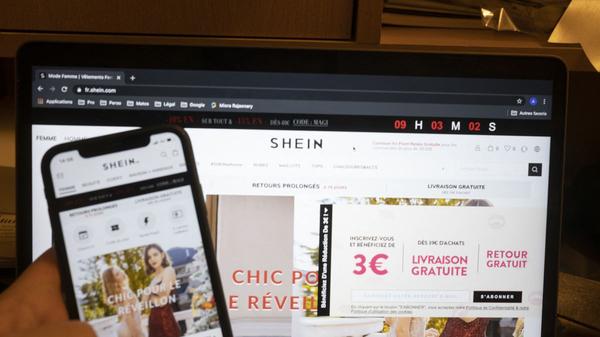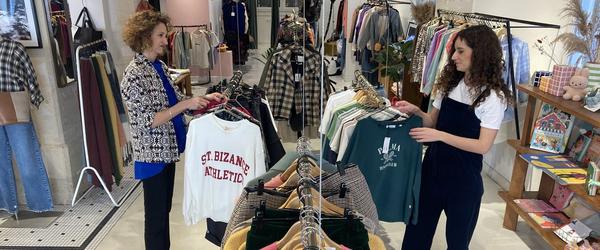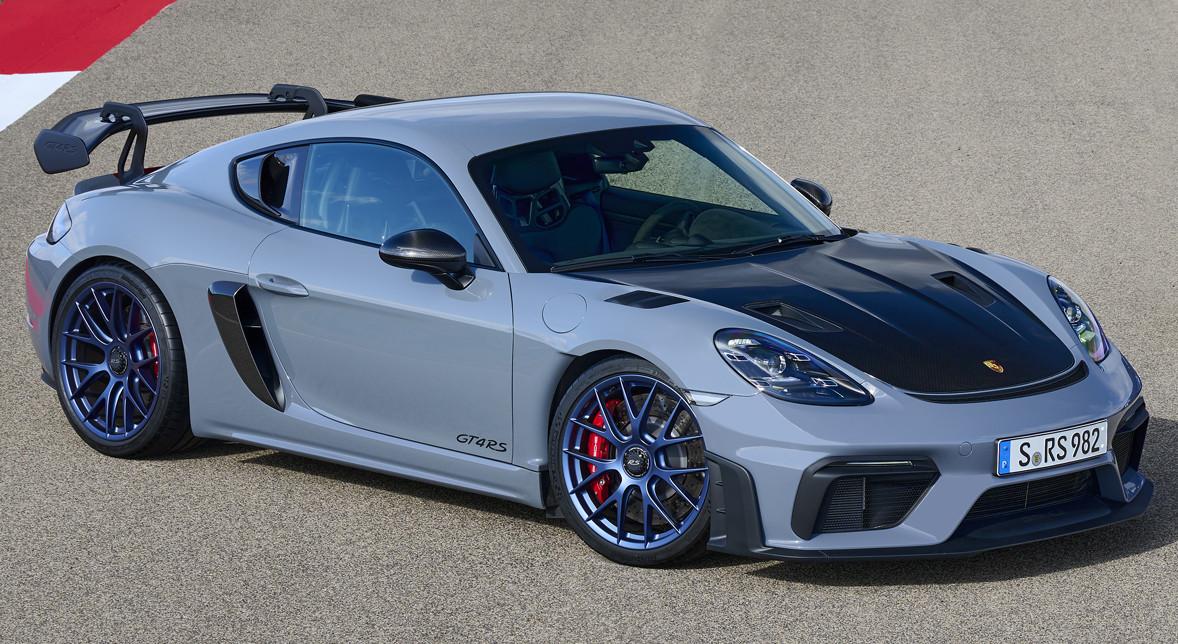Shein is back in India.But is the clothing giant good for the environment?
It's official: Shein is back.As the Prime Day sale begins in India, the girls got a pleasant surprise: Chinese clothing giant Shein.From 2018 to the start of 2020, enthusiasts fashion companies in India had a platform for cheap outfits that were fooled by catwalk fashion and sometimes high-end brands. In June 2020, the Shein app, a business-to-consumer (B2C) ), founded in 2008, and which primarily targeted women and girls, found a mention in the long list of mobile apps banned by the Indian government. The fashion brand's app, which was among 59 Chinese applications which are about to leave the Indian market, has been collectively labeled as "engaged in activities detrimental to the sovereignty and integrity of India, the defense of India, the security of state and public order. .” In the year since, the SHEIN app's latest post on Instagram has seen thousands of comments from Indian fashionistas repeating the same thing over and over again: 'Come back. "
Their prayers have been answered: Preferred Customers can now buy apparel from 'Shein' Seller on Amazon. Branded specifically under "Day One Launch", Shein already has over 500 product search results. Indian fashionistas can't wait, Shein has been a clothing platform that has always delivered to fashion lovers – and always ruined the environment in the process. Founded in 2008 by Chris Xu, China-based Shein, has become one of the most popular online fashion retail platforms not only in India but across the globe with a presence in over 220 countries. Currently, the fast fashion brand is valued at $30 billion, according to a Bloomberg report.
But aside from the current estimate, we know little about the clothing giant, let alone how the clothes are made. According to a report by Indigo Digital, Shein adds between 500 and 2,000 new items on its website. Shein is vertically integrated, allowing it to go from design to shipping in as little as three days. Commenting on Shein's growth, TechCrunch wrote, "Shein manufactures in China as many apparel retailers do. The difference is that Shein controls its own production line, from design and prototype to sourcing and manufacturing. Each step is highly digitized and integrated with another, which enables the company to produce hundreds of new products daily tailored to different regions and user tastes. The strategy is reminiscent of TikTok which connects content creators and users using algorithms to understand their habits in real time. »
As a giant in the fast fashion industry, Shein offers: It has all the latest models, styles and makes it faster than everyone else. At the same time, it leads to a greater environmental impact.

Earlier this year, Remake calculated Shein's durability using internal sustainability metrics. Shein scored a zero. A zero in durability.
"SHEIN has made significant profits with its fast fashion model, but its sustainability practices do not match its public statements on the matter. While many fast fashion companies are at least trying to move towards more sustainable, SHEIN has yet to change its destructive production practices. Its website has not been updated to discuss issues with its business model, despite discussions that have bubbled up on social media,” wrote Remake in its report.
Remake also called out Shein on its sustainability veil. SHEIN on its website states, “When selecting fabrics, we do our best to source recycled fabric, such as recycled polyester, a non-woven fiber. virgin which has little impact on the environment and reduces damage to the original material. Although it seems self-aware, "we do our best" is not a statistic, nor actual results.
Shein also does not make its manufacturing information public or its suppliers easy to find. Remake found that "clicking on the California Transparency In Supply Act link provides the following information: of human trafficking and slavery in product supply chains through internal inspectors to investigate internal or third-party reports. of this nature.' The statement continues: '[SHEIN] conduct[s] audits of our suppliers by internal and third-party inspectors who assess compliance with company standards on trafficking and slavery, using at the times of announced and unannounced audits.' While this copy may seem substantial, the page set does not name any vendors or provide SHEIN's audit credentials (or how often vendors are audited). a common tactic used by brands that fall short of the sustainability efforts they like to flaunt. »
While fast fashion brands always have a devastating impact on the environment, affordable and stylish options often make eco-conscious young adults forget about the damage. In a country like India, where streetwear and fast fashion are commonplace, the environmental cost of a brand like Shein is not as much of a concern to the buyer. Nor is the burden of damages on the buyer who, in many circumstances, can't afford to make a more expensive, eco-friendly choice. It should be up to Shein to minimize its environmental damage — something Shein has addressed, but that, too — has flaws.
Remake also found that the claim that Shein works to minimize environmental damage may be a wild claim. "SHEIN claims to be one of the world's leading mass fashion brands to have worked hard to minimize its environmental impact. One of the ways the label insists on doing this is to only create products “in small quantities of 50 to 100, which reduces waste”. true, SHEIN produces thousands and thousands of styles every week, so even making "just 50-100" pieces in each style still equates to hundreds of thousands of garments being produced on an alarmingly regular basis. »
Shein was founded by Chris Xu, a Chinese-American who graduated from the University of Washington. The retailer was originally called SheInside, but the name was shortened in 2015 to Shein. Besides its impact environmental, Shein has also been criticized by several designers and small businesses for directly copying designs onto the T without crediting the designers.
Read all the latest news, breaking news and updates on coronavirus here








